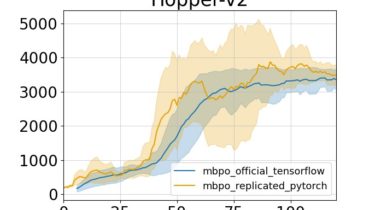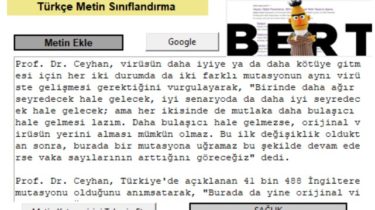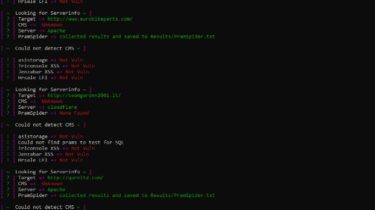A pytorch reprelication of the model-based reinforcement learning algorithm MBPO
mbpo_pytorch This is a re-implementation of the model-based RL algorithm MBPO in pytorch as described in the following paper: When to Trust Your Model: Model-Based Policy Optimization. This code is based on a previous paper in the NeurIPS reproducibility challenge that reproduces the result with a tensorflow ensemble model but shows a significant drop in performance with a pytorch ensemble model. This code re-implements the ensemble dynamics model with pytorch and closes the gap. Reproduced results The comparison are done […]
Read more




